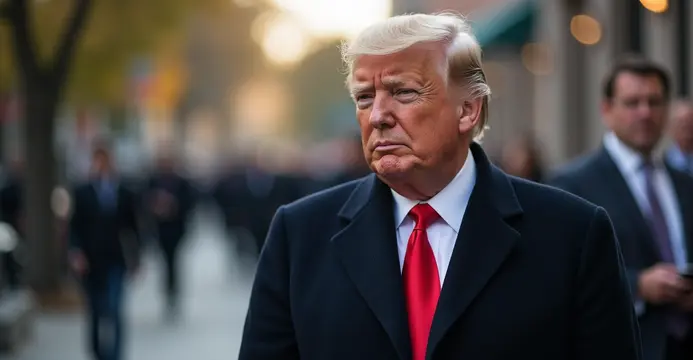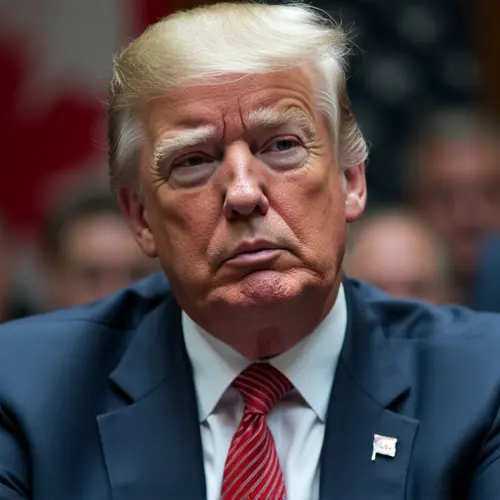President Trump announced graduated import tariffs for countries without US trade agreements, ranging from 10-41% based on trade deficits. Implementation was delayed by a week, with Canada facing increased tariffs over fentanyl concerns despite recent deals with the EU and other nations.

New Tariff Structure Announced
US President Donald Trump has finalized import tariffs for nations lacking trade agreements with the United States. The tariffs will take effect in seven days, with rates varying based on each country's trade relationship with the US.
Tariff Implementation Details
Originally scheduled to begin today, the implementation was postponed to allow additional preparation time. This delay also applies to the 15% tariff on European Union products, despite last week's provisional agreement.
Graduated Tariff System
The tariffs start at 10% for countries where the US maintains a trade surplus (exporting more than it imports). Most nations fall into this category. Countries with the largest trade deficits face substantially higher tariffs:
- Syria: 41% tariff
- Laos and Myanmar: 40%
- Switzerland: 39%
Canada's Special Case
Canada faces increased tariffs from 25% to 35% due to concerns about inadequate action against fentanyl trafficking. Goods covered under the 2020 USMCA trade agreement remain exempt.
Background of Trade Measures
President Trump first threatened higher tariffs on April 2, repeatedly adjusting timelines before setting an August 1 deadline. Though claiming no further extensions would be granted, he granted Mexico a 90-day suspension following direct negotiations.
Recent Trade Agreements
The US has secured eight trade deals in recent months, including agreements with Japan, Indonesia, South Korea, and the EU. The EU agreement prevents retaliatory measures while committing to increased purchases of US energy and military equipment, though details require further negotiation.
Economic and Legal Implications
Analysts question whether tariffs will achieve their intended effect of reshoring manufacturing. As NOS correspondent Rudy Bouma notes: "Trump believes his approach works since many countries conceded. However, companies are unlikely to massively relocate production from Southeast Asia given higher US wages."
Economists anticipate American consumers will bear higher costs as businesses pass tariff expenses through supply chains. Simultaneously, courts are examining the legal basis of Trump's tariff authority, with appellate judges recently expressing skepticism during ongoing litigation.

 Nederlands
Nederlands English
English Français
Français Deutsch
Deutsch Español
Español Português
Português






